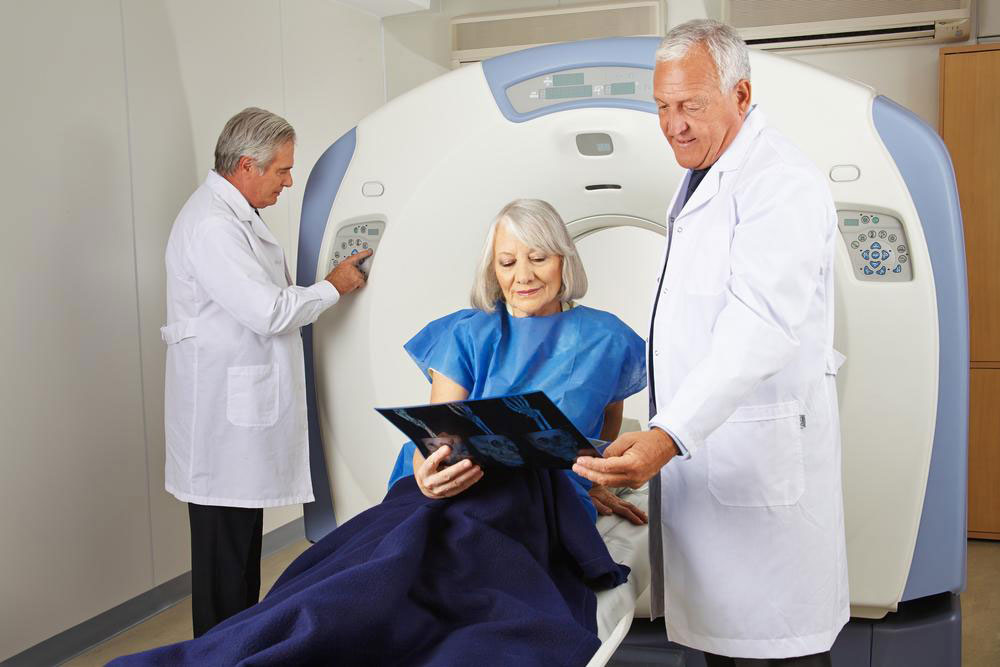Understanding Pancreatic Cancer: Symptoms and Early Detection
Learn about pancreatic cancer, its symptoms, risk factors, and early detection methods. Recognizing signs like jaundice, abdominal pain, and unexplained weight loss can prompt timely diagnosis, leading to better treatment outcomes. Consult healthcare providers if symptoms persist or risk factors are present to ensure early intervention and improved prognosis.

Understanding Pancreatic Cancer: Symptoms and Early Detection
Pancreatic cancer develops when malignant cells form within the pancreas, an organ situated behind the stomach. Early stages often show no symptoms, making prompt screening essential, especially for individuals with a family history or pancreatic cysts. The exact cause remains unknown, but risk factors include age and smoking habits.
Recognizing Symptoms of Pancreatic Cancer
In advanced stages, signs become more apparent. One key symptom is jaundice, where the skin turns yellow, and urine darkens due to bile duct blockage. Abdominal pain, especially a new, severe ache radiating to the back, weight loss, and sudden diabetes onset are common indicators. Other symptoms include fatigue, blood clots, nausea, foul-smelling stools, decreased appetite, and pain after eating or back pain. Early detection through tests such as CT, MRI, or biopsy is crucial for effective treatment, which may involve surgery, chemotherapy, or radiotherapy according to the cancer stage and overall health.
When to Seek Medical Advice
If persistent symptoms or risk factors are present, consulting a doctor is important. Keeping a symptom diary can assist in early diagnosis. Diagnostic procedures include imaging scans and tissue biopsies to confirm pancreatic cancer. Early intervention improves treatment options and prognosis.
Note: The information provided is for educational purposes and should not replace professional medical advice. Always consult healthcare professionals for diagnosis and treatment options.










